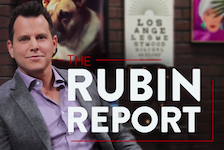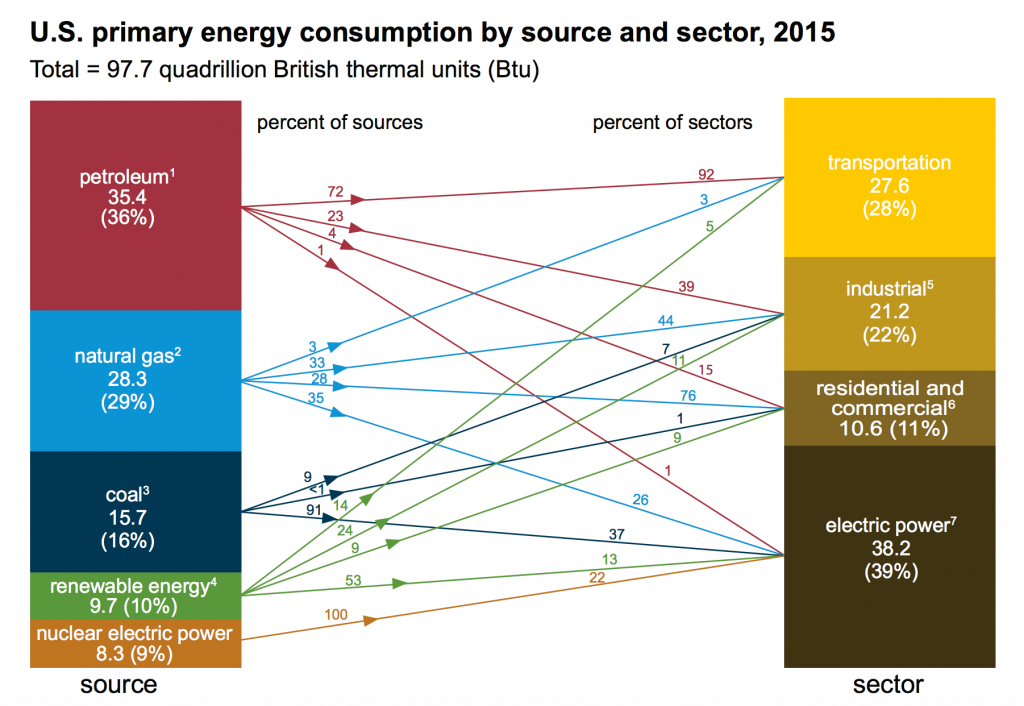One of the podcasts I keep listening to regularly is “The Yaron Brook Show”, with subtitle “Radical for Capitalism”, a view that I very much share with the Executive Director of the Ayn Rand Institute.
In the latest episode of his show, he tackles the issue of poverty, and he does so by using the documentary “Poverty, Inc.” as a common thread throughout the whole 1-hour long show, very much worth listening to.
I have already watched “Poverty, Inc.” as I had discovered it thanks to an event at the Cato Institute in early April, and I immediately ordered the DVD which I received in May.
I really liked the movie, and the harsh critiques against the business of charities and NGOs worldwide, which today are a huge industry, in a lot cases fueled by a lot of taxpayers money. It is clear that in a lot of cases the political decisions taken by the states and companies active in charity are doing more harm than good in the longer term, and the movie does an excellent job at providing hard facts to support this view.
In fact, in most cases what charities and NGOs do, after an initial benefit provided following the event which causes the intervention (earthquake, famine, civil war, flooding), is to simply damage the local economy to a point where there is no way out other than keeping the leash with those who now provide the “welfare”.
Of course no charity or NGO will work against their own interest, and so their aim is NOT to solve the poverty issue, but rather to keep it the way it is, so their existence can be further justified moving forward in time, and thus many years after the earthquake in Haiti, you still have hundreds of NGOs active there, because the local economy has been destroyed precisely by the handouts given by charities and NGOs!
Talk about a conflict of interests there…
The movie is a must-see in my opinion, as it will open your eyes on one more bad thing caused by the action of those who just want to feel less guilt and keep writing checks and donating huge amounts of money, rather than really solving the poverty issue.
Poverty which, without anyone’s intervention, has already been decreasing rapidly in many parts of the world, thanks to Capitalism, as Yaron Brook reminded us all some time ago.
And this is why we should all be strongly push in favour of Capitalism, and not against it. Because it’s thru Capitalism that we can get rid of poverty.
Here is the movie trailer:





